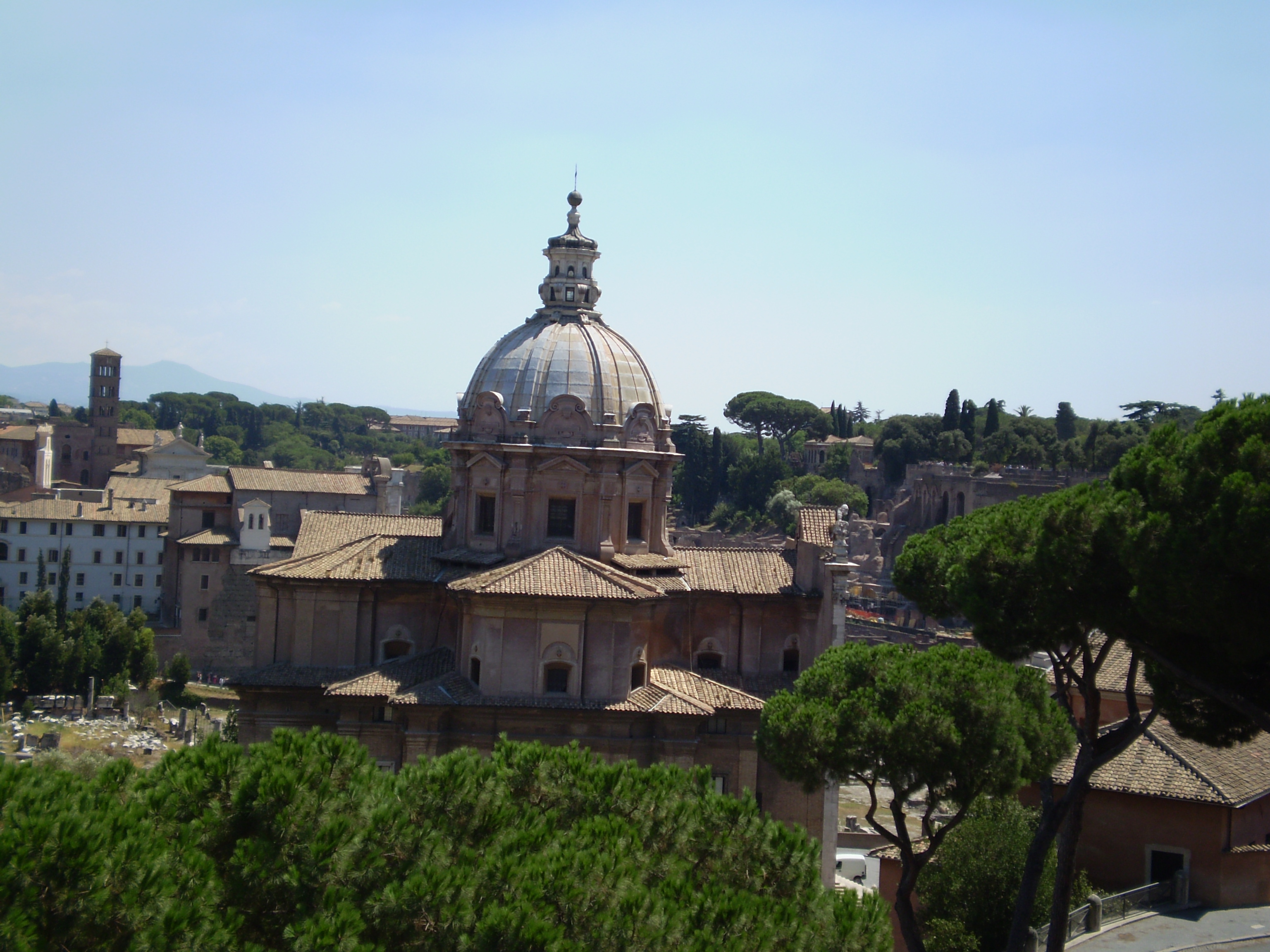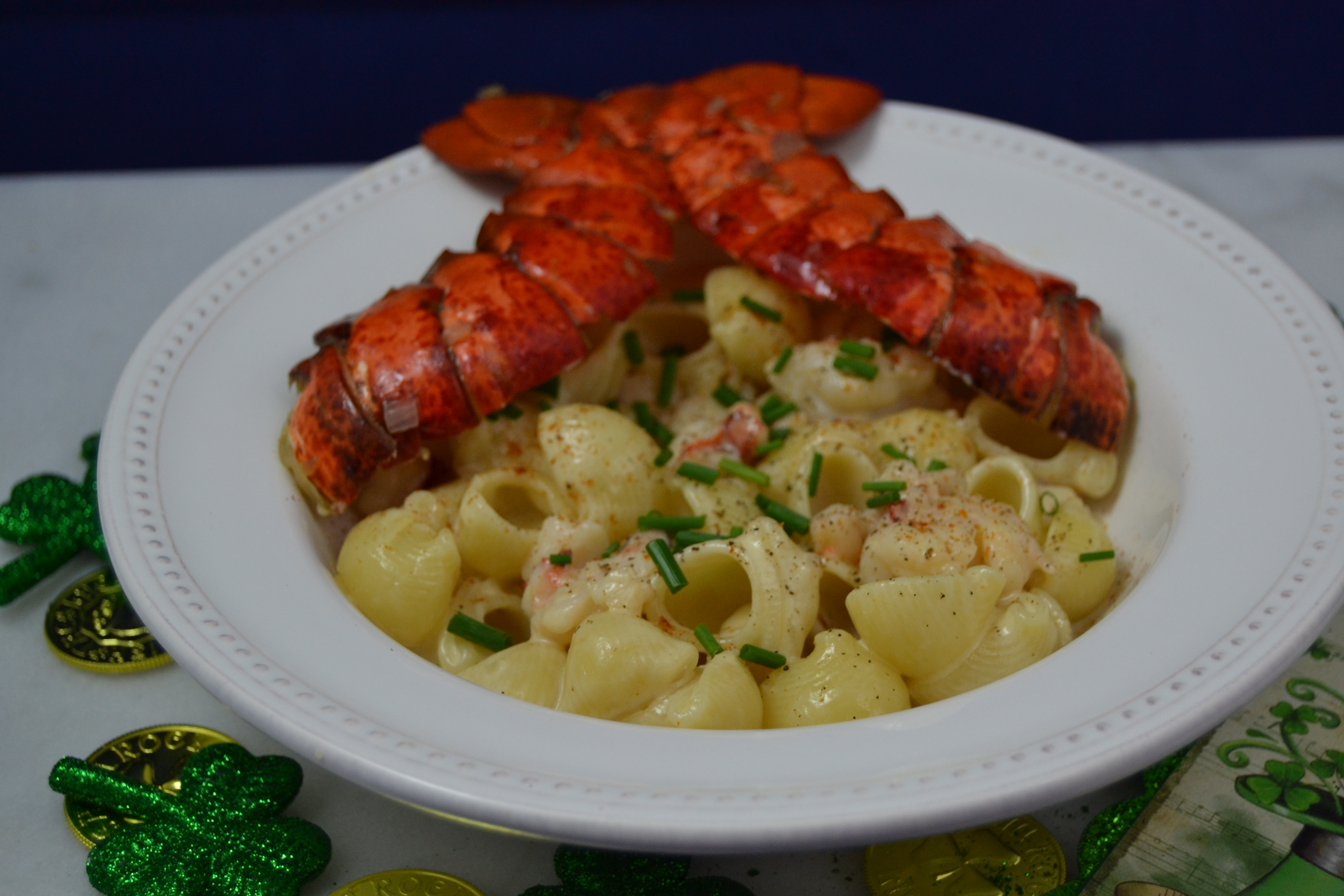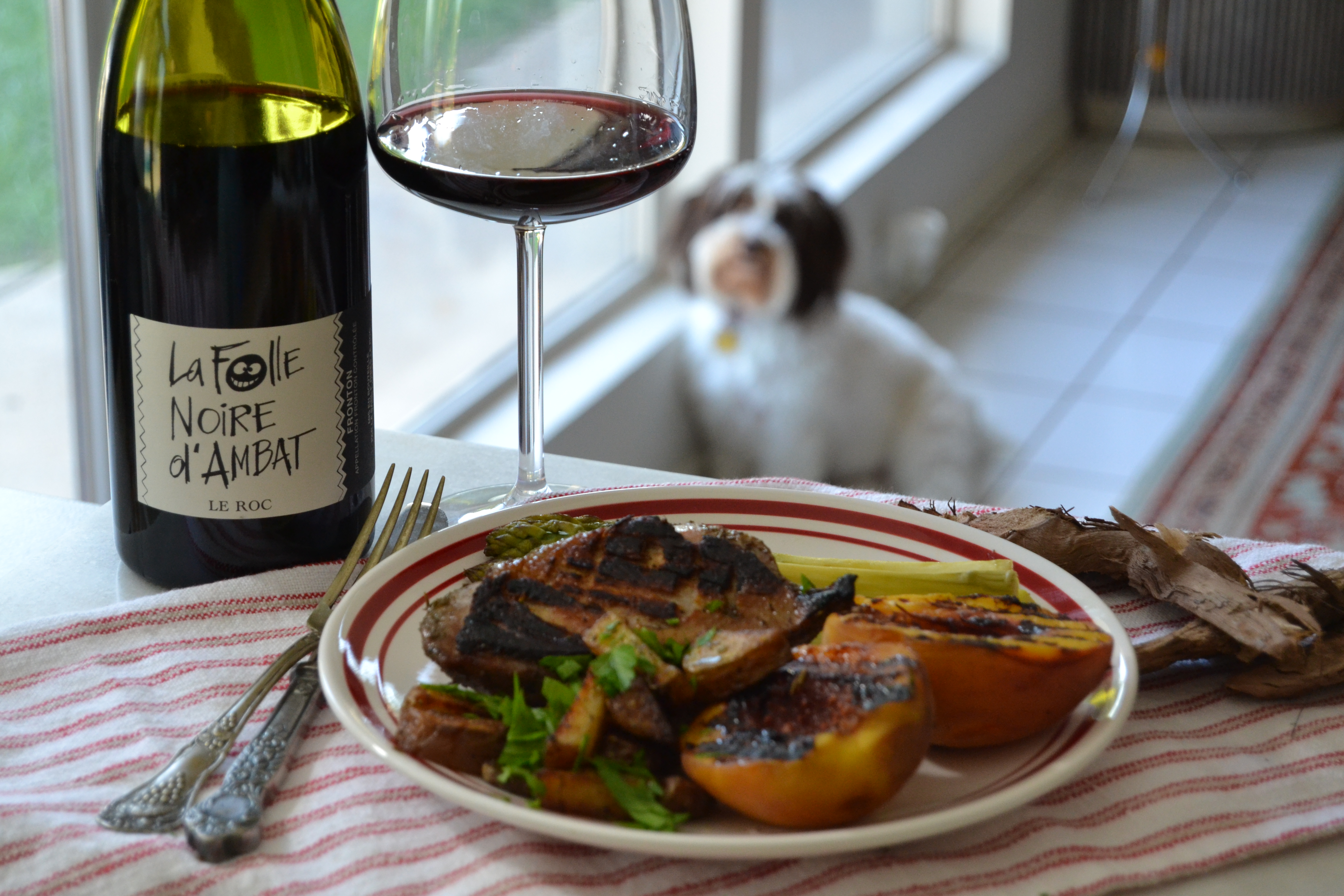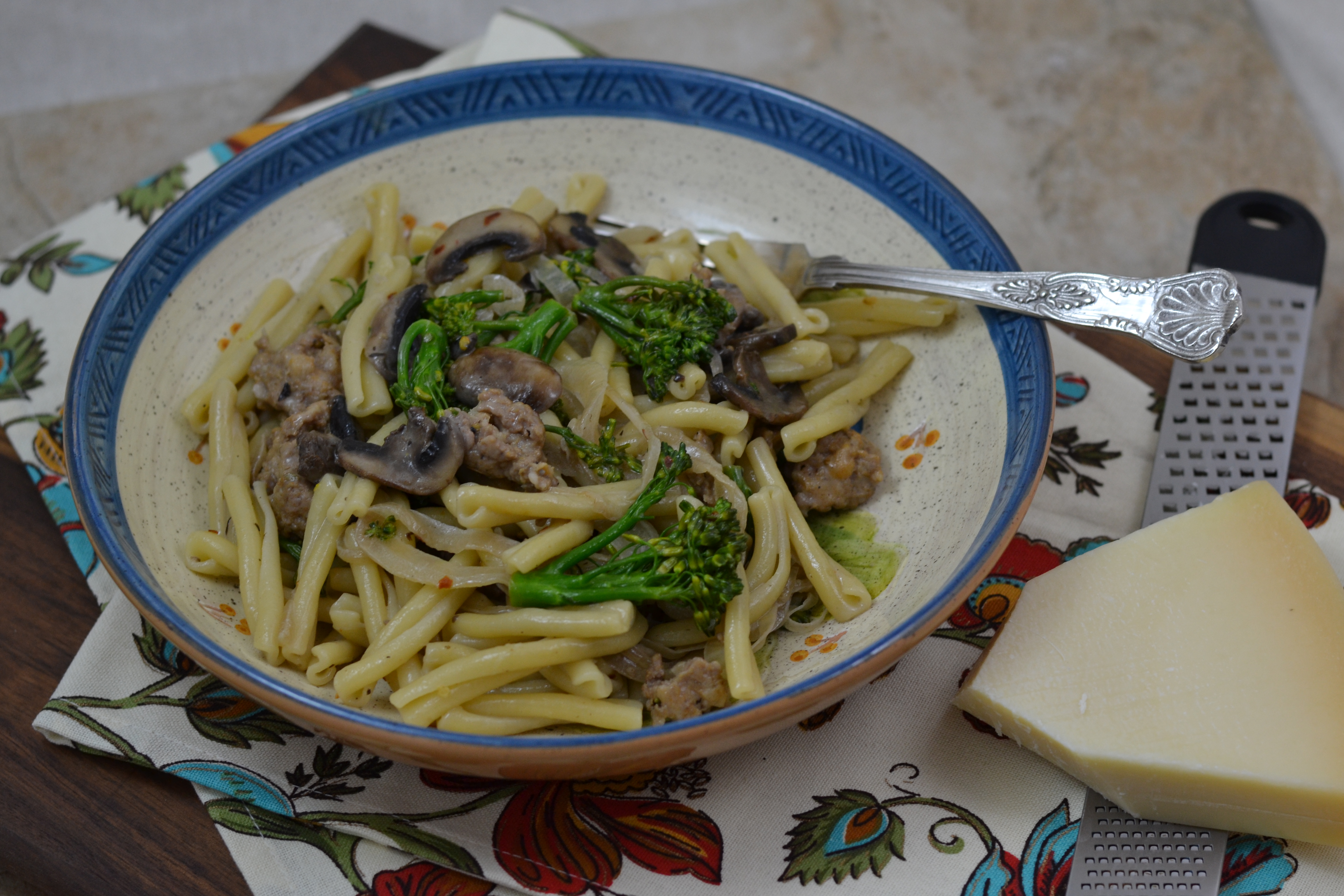“When in Rome, do as the Roman’s do,” or so the saying goes. But this adage confuses me. Does it mean I am supposed to talk with my hands, gesticulate wildly, often use a single digit to convey my opinion, drive like a deranged motorist, or scurry about on a small, exhaust spouting scooter? Whatever, it surely does not mean frog marching on foot from one end of Rome to the other each day from 8 am to 11 pm, visiting every notable cathedral, museum, ancient ruin, palazzo, piazza, and gelato vendor, as Sous Chef forced me to do when we visited this glorious city. While I speak little Italian, I do know some Latin and insisted on a “quid pro quo” for my daily trekking: an extended lunch in a quaint café with a bottle of vino. It is amazing the restorative powers that wine holds for weary travelers. After lunch I would dutifully slug it out with the other tourists until it was time for dinner and more vino.

This month the Italian Food Wine & Travel group is touring Lazio, Italy. Lazio is the wine region that surrounds and includes Rome. It consists of twenty-five DOC zones, and twenty of those produce white wine using trebbiano and/or malvasia grapes in some percentage or combination. The most commercially successful white wine comes from the Frascati DOC. The red wines of Lazio are generally based on non-indigenous grape varieties such as cabernet sauvignon, cabernet franc, and merlot which have adapted well to the region’s predominantly volcanic soil.

Not surprisingly, our local wine merchants had mostly Lazio white wines, if they had any at all from that region. Frascati proved to be the most readily available and it is certainly no budget-buster. We selected the two most expensive bottles of Frascati we could find ($8.95 and $13.95) at Total Wine. The Frascati Saula Carta Bianca 2013 was the most expensive of the white Frascati at $13.95 (the other was the bizarrely named Est! Est!! Est!!!—Latin for “it is”). We found it dry and refreshing with notes of pear and citrus. We both agreed it was a good wine for summer entrees.

Our antipasto (appetizer) was Bruschetta with Asparagus and Pancetta from Eating Rome by Elizabeth Minchilli. This simple bruschetta was light and refreshing and paired beautifully with the Frascati. However, one cannot live solely on antipasto, so we jumped directly to the secondo course using a recipe for Veal Saltimbocca from How to Eataly by Oscar Farinetti. This cookbook is a great guide that features the various regions and specialties of Italy. Veal Saltimbocca is one of those items you get at an Italian restaurant and never think of making at home. Yet it is a dish that is simple and quick to execute and uses very few ingredients. Veal Saltimbocca can be paired with white or light red wines, and we wanted to try both with this dish.

Although some red wines are produced in Lazio with great success, they proved difficult to locate in the Palm Springs area. In fact the only red wine I could locate was the 2012 If You See Kay. I have no idea who she is or where she can be found, but this is a high-spirited red blend that was fun to drink. The wine seemed to have a bit of an identity crisis as it screamed California wine to my palate but the bottle clearly stated it is from Lazio, Italy. My confusion was resolved when I learned the wine is made by the iconoclasts who bring you Hundred Acre, Cherry Pie, and Layer Cake wines. It is a blend of Cabernet Sauvignon, Petite Verdot, Syrah, and Primitivo, has a long finish with hints of berries and mocha, and is fruity, earthy, sweet and tart all at the same time—consistent with the personality you would expect from the tattooed biker-babe on the label. Unlike the Frascati which partnered beautifully with the Veal Saltimbocca, this wine was overpowering and basically killed your palate for the subtle flavors in the dish. Not to fear though: just pair it with a big, juicy hunk of red meat and enjoy its depth of flavors. This wine is just $17.95 at Total Wine.
Wait……there’s more! Join my fellow bloggers with their feature on Lazio:
Rockin Red Blog – Live Like Caesar
Enofylz Wine Blog – A Taste of Lazio
The Palladian Traveler – Civita di Bagnoregio: The Dying Town
Adventures of a Carry On – When in Rome Eat Like a Roman: Bucatini all’Amatriciana
Girls Gotta Drink – Eat Like a Roman (With a Roman): Unusual Things to do in Rome

- 6 veal scaloppini (approximately 4 oz. each) pounded about ⅛ inch thick
- fine sea salt to taste
- freshly ground black pepper to taste
- 6-12 thin slices prosciutto
- 12 fresh sage leaves plus a few more for garnish
- all purpose flour for dredging
- 2 tablespoons extra-virgin olive oil
- 4 tablespoons unsalted butter
- ¼ cup white wine
- Season scaloppini with salt and pepper. (Remember the prosciutto is salty). Place 1 to 2 slices of prosciutto on top of each scaloppini. Place 2 sage leaves on top of each as well, then use toothpicks to attach the sages leaves and prosciutto to the meat. Dredge each piece lightly in flour and set aside.
- Heat the oil and two tablespoons of the butter in a large pan over medium heat. Add the veal to the pan, prosciutto side down, in a single layer. (work in batches if it won't all fit in pan). Cook until browned and crispy approximately 1 minute per side. Remove from pan and keep warm.
- Add the wine to the pan to deglaze, scraping any browned bits of meat from the bottom. Cook, stirring constantly, until the mixture thickens into a sauce, 1 to 2 minutes. Melt the remaining 2 tablespoons butter into a small pan and quickly fry the sage leaves for garnish until crispy.
- Remove the toothpicks from veal. Pour the sauce of the veal, garnish with fried sage leaves and serve immediately.
- ½ cup cubed pancetta
- 1 bunch asparagus (tender parts only)
- salt
- freshly ground pepper
- 6 slices crusty Italian bread sliced about ½ inch thick
- 1 garlic clove peeled
- extra virgin olive oil for drizzling
- Heat a medium frying pan over medium heat and add the pancetta. Cook until it has rendered all fat and has become crisp. Remove from the fat and transfer to a small bowl. Do not put on a paper towel - you want to retain all the pork fat.
- Add the cut-up asparagus to the pan with the rendered pancetta fat and stir. Sprinkle with salt (remember the pancetta is salty) and pepper. Cook adding a bit of water if necessary, until tender. Add the pancetta with its juices, back into the pan and stir to combine.
- Toast the bread, over an open fire if possible. If not, then over the flames of your stovetop or in a toaster.
- While the bread is still hot, rub it with garlic and drizzle with a bit of olive oil. Divide the asparagus mixture evening among the slices of bread and serve.





Rome can take a toll on you as a traveler, but the sights, food and wine make up for it in the end. That bottle “If You See Kay” looks very CA-ish in its marketing.
I love that your comment, what does do as the Romans do mean? haha. La dolce vida indeed! Fun article and great food/wine pairing. I am not a fan of the overly fruity California wines. But they are not all like that. 🙂
Aah! The food ! Great post 🙂 La dolce vita like you say!
I must try your Saltimbocca Alla Romano. It sounds and looks delicious. It’s too bad the Lazio red didn’t work out. But of course Italian wines are so food friendly that another region would do just fine I’m sure. Look for the Cesanse I had at Beltramo’s (www.beltramos.com)
I really like your photos of the ruins in Rome. I have never had wines from their but would love to find some to try.